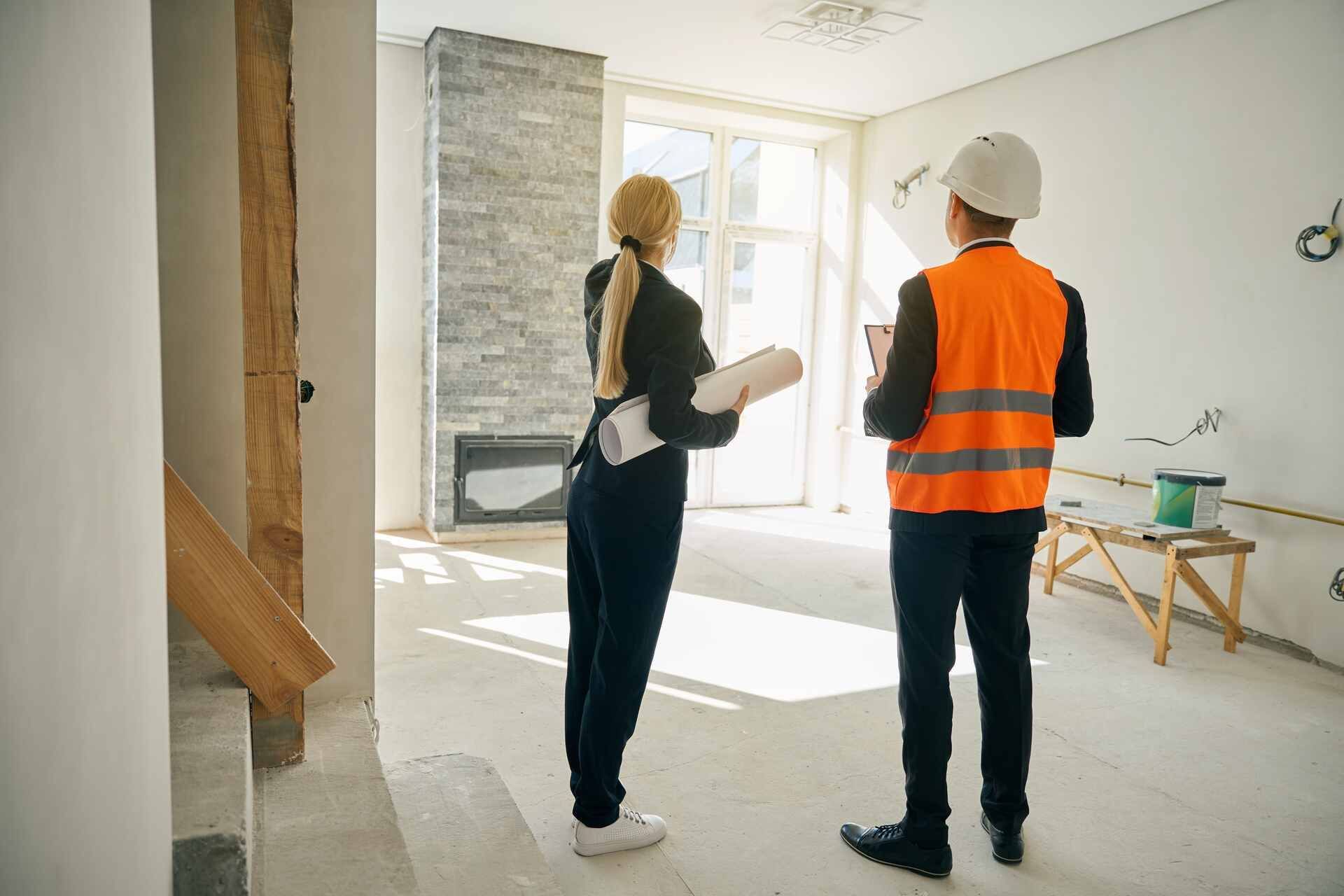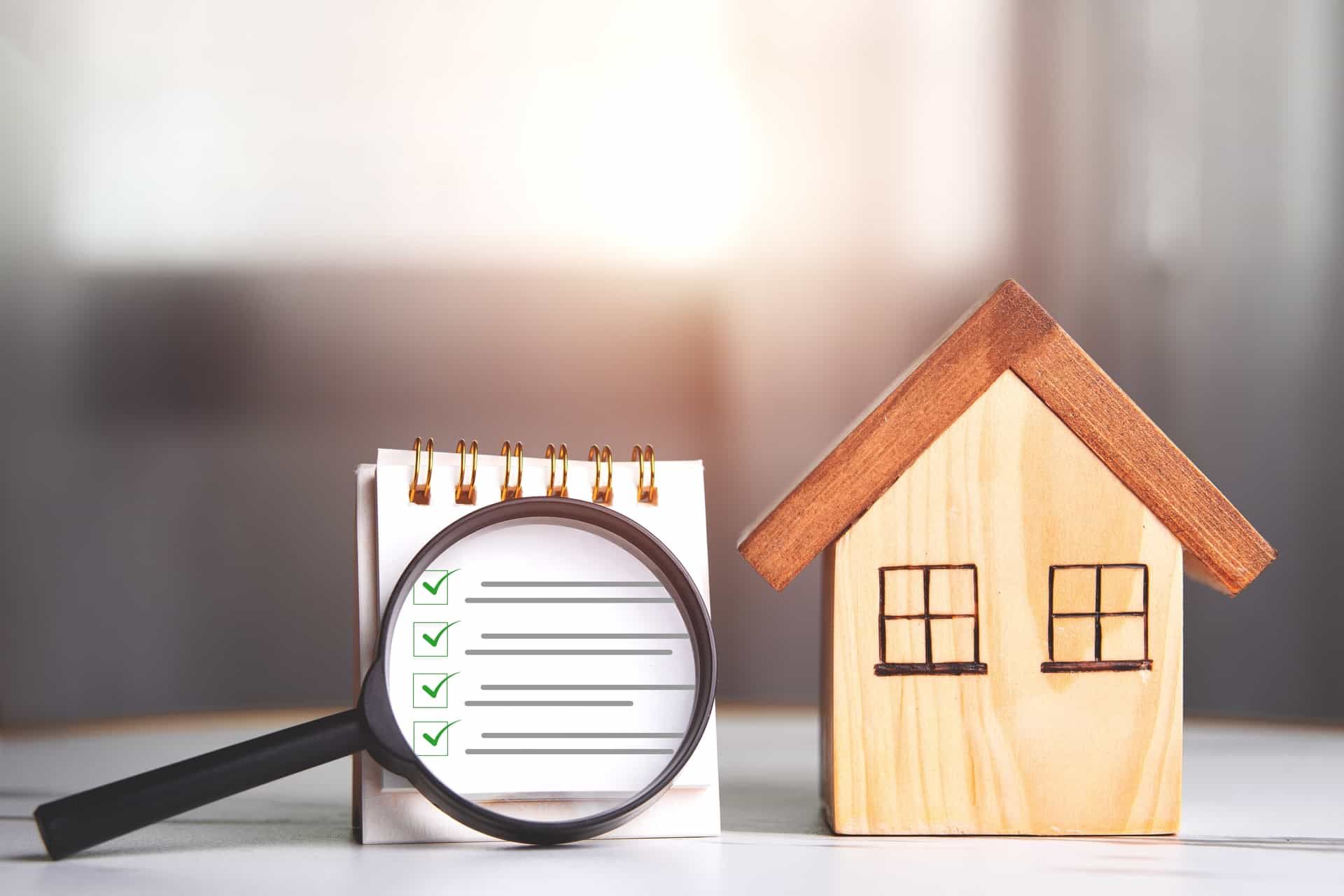What Is Forced-Air Heating? Benefits and Mechanics of This Efficient Heating System
Introduction to Forced-Air Heating: A Brief Overview
Forced-air heating systems represent one of the most efficient and effective methods for maintaining a comfortable indoor environment during colder months.
These systems utilize forced-air furnaces to distribute warm air throughout your home, ensuring that every room reaches a desirable temperature quickly and uniformly.
Unlike traditional heating methods that rely on radiators or electric heaters, forced-air systems integrate seamlessly with modern HVAC systems to provide central heating solutions that are both economical and reliable.
One key advantage of forced-air heating is its ability to heat your space and improve air circulation. By pushing warm air through ducts and vents, these systems can eliminate cold spots and enhance overall comfort levels.
Additionally, many forced-air furnaces have advanced filtration options, which can significantly improve indoor air quality by trapping dust, allergens, and other pollutants.
Investing in a forced-air heating system is not just about immediate comfort; it's about embracing a long-term solution that adapts to your home's needs while maximizing energy efficiency.
As you consider your options for winter warmth, remember that choosing the correct heating method can make all the difference in creating a cozy sanctuary from the chill outside.
The Mechanics of Forced-Air Heating: How It Works
Forced-air heating systems are a staple in modern homes, and understanding their mechanics can help you appreciate their efficiency and effectiveness, particularly during a
home inspection. At the heart of this system lies the heat exchanger, where cold air is transformed into warm air, and when the thermostat detects that your home temperature has dropped below your desired setting, the blower fan kicks into action to circulate the warmth. During an inspection, it's essential to evaluate the heat exchanger's condition, check for proper airflow, and ensure the thermostat functions correctly, as these factors impact both heating performance and safety.
The blower fan plays a crucial role in air distribution. It pulls cool air from your living spaces into the furnace through return ducts. As the air passes over the heat exchanger, it's heated before being pushed back out through a network of ductwork. This ductwork system is designed to distribute warm air evenly throughout your home, ensuring that every room reaches a comfortable temperature.
Thermostat control adds another layer of convenience and efficiency to forced-air heating systems. With programmable or smart thermostats, homeowners can set specific temperatures for different times of day or even control their heating remotely.
This level of control enhances comfort and optimizes energy use, making forced-air heating a practical choice for maintaining warmth during colder months. Embracing this technology means investing in both comfort and efficiency for your home.
Benefits of Forced-Air Heating: Why Choose This System?
When considering heating systems for your home, forced-air heating is a top choice due to its numerous benefits.
1. Energy efficiency: One of the primary advantages is energy efficiency. Forced-air systems are designed to distribute heat quickly and evenly throughout your space, reducing the time it takes to warm up a room and ultimately saving you money on energy bills.
2. Quick response time: Another compelling reason to choose forced-air heating is its quick response time. Unlike other systems that may take longer to reach the desired temperature, forced-air heaters can instantly deliver warmth, ensuring comfort during those chilly months.
3. Advanced air filtration: Many forced-air systems also come with advanced air filtration options. This feature helps maintain a clean indoor environment by trapping dust and allergens and contributes positively to overall health and well-being.
4. Humidity control: Humidity control is another benefit of forced-air heating. These systems can effectively manage humidity levels in your home, preventing excessive dryness or dampness that can lead to discomfort or even health issues.
5. Cost-effectiveness: cost-effectiveness plays a significant role in choosing this system. With lower installation costs than other heating systems and reduced energy consumption over time, forced-air heating is an intelligent investment for homeowners looking for reliable warmth without breaking the bank.
When weighing your options for home heating solutions, consider the myriad advantages forced-air systems offer—they genuinely provide comfort and efficiency in one package.
Comparing Forced-Air Heating to Other Heating
Understanding the differences between forced-air heating and other options, such as radiant heating or boiler systems, is crucial when choosing a heating system for your home.
1. Forced-air Vs. Radiant Heating
Forced-air heaters are often favored for their ability to quickly distribute warm air throughout a space, making them an efficient choice for many homeowners. However, unlike radiant heating, which warms objects and surfaces directly rather than relying on air circulation, forced-air systems can lead to uneven temperatures and drafts.
2. Boiler systems Vs. Forced-air heaters
In the debate of boiler systems versus forced-air heaters, it's important to consider comfort and efficiency. Boiler systems provide consistent warmth through hot water radiators or underfloor heating, eliminating the noise of blowing air. This can create a more serene environment in your home than forced-air units' sometimes disruptive operation.
3. Electric heaters Vs. Forced-air heaters
Additionally, when evaluating electric heaters compared to forced-air options, one must consider energy efficiency and operational costs. Electric heaters can be effective for spot heating but may provide a different level of warmth across larger spaces than a well-designed forced-air system can achieve.
Ultimately, each heating method has its pros and cons; however, understanding how they compare will empower you to make an informed decision that best suits your needs and lifestyle.
Mistakes to Avoid When Considering a Forced-Air Heating System Installation
When considering a forced-air heating system installation, it's crucial to avoid common installation errors that can lead to long-term inefficiencies and costly repairs. One of the most significant pitfalls is the appropriate size of the HVAC system. Sizing issues can result in inadequate heating or overworking the system, leading to increased energy bills and premature wear.
Another critical mistake involves ductwork problems. Poorly designed or installed ductwork can restrict airflow, causing hot spots and cold drafts throughout your home. Ensuring ducts are sealed correctly and sized appropriately is essential for optimal performance.
Lastly, neglecting maintenance during and after installation can severely impact your system's lifespan and efficiency.
Regular inspection and upkeep are vital in preventing minor issues from escalating into significant problems. By removing these mistakes, you can ensure a successful forced-air heating system installation that will keep your home warm and comfortable for years.
Embrace the Comfort and Efficiency of Forced-Air Heating for Your Home Today!
In conclusion, embracing forced-air heating for your home is not just about comfort but efficiency and peace of mind. Maintaining a consistent and cozy temperature throughout your living space can transform your home into a sanctuary during the cold months. With modern advancements in technology, forced-air systems are more efficient than ever, providing you with reliable warmth while potentially lowering your energy bills.
Consider upgrading or optimizing your heating system before the chill sets in. Take proactive steps now to ensure you and your family stay comfortable all winter. If you have questions or need assistance with installation or maintenance, don't hesitate to contact our team at
Protec Inspections. We are here to help you make informed decisions that will enhance your home's comfort and efficiency for years!
Disclaimer: The information on this website and blog is for general informational purposes only and is not professional advice. We make no guarantees of accuracy or completeness. We disclaim all liability for errors, omissions, or reliance on this content. Always consult a qualified professional for specific guidance.





